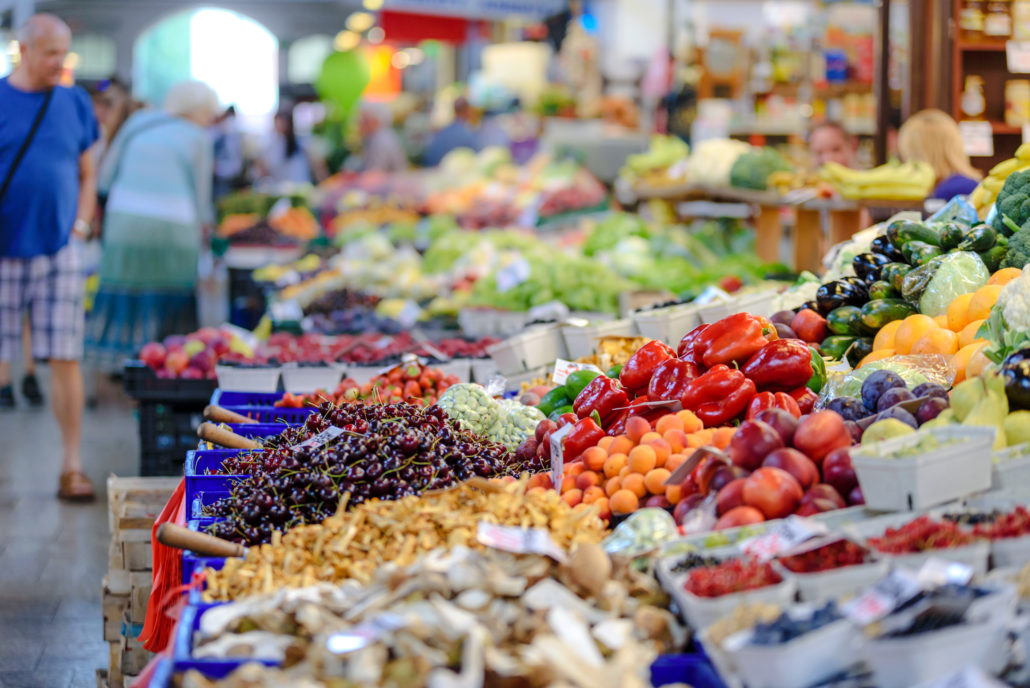Yep, the New Year is in full swing.
You can’t turn on the television or go through your SM feed without being bombarded about the “latest diet” and “fad craze.”
Oh my gosh – nutrition and diet info is everywhere!
And each “expert” and “association” tries to lead you in their direction because they know best and their advice is going to help you.
Right?
Well, maybe…
Everyone has heard and maybe lived through the intense focus on how much you eat. This has gotten way too much attention because while this does affect your weight and energy level, it’s certainly not the “holy grail” of health.
Let’s focus a bit more on the often overlooked and proven benefits of what you eat and drink along with who you are when you eat and drink.
What you eat and drink
The “calories in, calories out” philosophy (i.e. how much you eat) is being drowned out with research on other factors that are more important.
Please do not get us wrong limiting unhealthy foods that are higher in starchy carbs or fat can certainly help you lose weight but that’s simply not the only factor for long-term weight loss and maximum energy for everyone.
When the intense focus on how much we ate didn’t work in the long-run it wasn’t really a surprise.
We kinda knew that already, didn’t we?
Ideally, you need a varied diet full of minimally-processed foods (i.e. fewer “packaged” “ready-to-eat” foods).
This simple concept is paramount for fat loss, more energy, and overall health and wellness.
Every day this is what you should aim for:
- A colorful array of fruits and veggies at almost every meal and snack. You need the fiber, antioxidants, vitamins, and minerals.
- Enough protein. Making sure you get all of those essential amino acids (bonus: eating protein can increase your metabolism).
- Healthy fats and oils (never “hydrogenated” ones). There is a reason some fatty acids are called “essential” – you need them as building blocks for your hormones and brain as well as to be able to absorb essential fat-soluble vitamins from your uber-healthy salads. Use extra virgin olive oil and coconut oil, eat your organic egg yolks, and get grass-fed meats when possible. You don’t need to overdo it here. Just make sure you’re getting some high-quality fats.
How you eat and drink
Also pay attention to how you eat and drink.
 Studies are definitely showing that this has more of an impact than we previously thought. When you sit down to a meal are you relaxed and only focused on eating your meal?
Studies are definitely showing that this has more of an impact than we previously thought. When you sit down to a meal are you relaxed and only focused on eating your meal?
Or are you rushed, eating in the car or restaurant, eating in front of the television, and not paying attention to your food or the company that you are with?
Have you ever considered that as a result from this that your gastrointestinal issues may stem from who you are as an eater?
When it comes to how you eat let’s first look at “mindful eating”
Mindful eating means to slow down and enjoy your meal, take smaller bites, chew thoroughly, and savor every bite. Notice and appreciate the smell, taste and texture.
The French Paradox isn’t only about drinking wine with your meals, its about who they are as an eater…it’s about lunch or dinner taking 2 to 3 hours, that they slow down and enjoy not only the meal but the company as well!
Breathe before you eat your meal. Take 5 to 10 deep breaths before you start! (or say a prayer of thanks!)
This gives your digestive system the hint to prepare for digestion and to secrete necessary enzymes. This is called the cephalic phase of digestion which is is the gastric secretion that occurs even before food enters the stomach and helps you digest the food and nutrients better.
This can also help with weight loss because eating slower often means eating less. Did you know that it takes about 20 minutes for your brain to know that your stomach is full?
Thought so!
We also know that more thoroughly chewed food is easier to digest and it makes it easier to absorb all of those essential nutrients.
And let’s get to drinking your food.
Yes, smoothies or meal replacement shakes can be healthy and a fabulously easy and tasty way to get in some fruits and veggies (hello leafy greens!)
A meal replacement shake can make an amazingly nutrient-dense meal and is way better than stopping for convenient junk food. Most people thought don’t consider a large smoothie to be a full meal not a snack. Be sure to always add in a protein supplement and please be sure to sip it rather than gulp it down.
If your smoothies aren’t filling you up like a regular meal does try adding in a spoon of fiber like ground flax or chia seeds.
Summary:
Consider not only how much you eat but also what and how you eat it.
Recipe (Smoothie meal): Chia Blueberry Green Smoothie
Serves 1
Ingredients:
- 2 large handfuls of spinach
- 1 tablespoon chia seeds
- ½ cup frozen blueberries
- 1 cup unsweetened almond milk
- 30 grams of high quality whey or plant based protein powder
Add ingredients to blender in order listed (you want your greens on the bottom by the blade so they blend better and have the chia on the bottom to absorb some liquid before you blend).
Wait a couple of minutes for the chia seeds to start soaking up the almond milk.
Blend, Serve and Enjoy!
Remember it’s not about being perfect – today try “adding” in more of the good stuff.
Dedicated to your health and wellness,
Shannon & Rob Yontz
Tip: Smoothies are the ultimate recipe for substitutions. Try swapping different greens, nut milks, fruit or seeds to match your preference.
Bonus: Chia seeds not only have fiber and essential omega-3 fatty acids but they contain all of the essential amino acids from protein.
References:
http://nutritiondata.self.com/facts/nut-and-seed-products/3061/2

